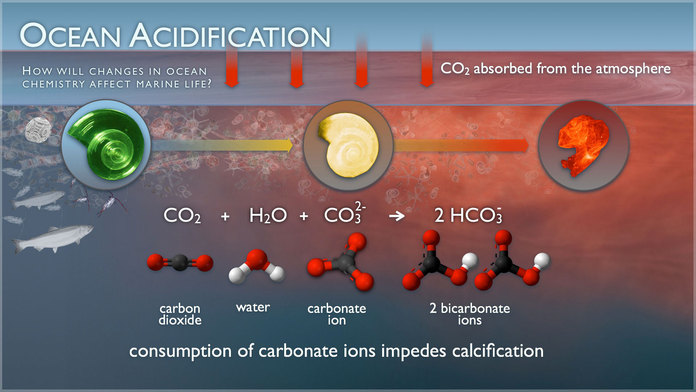The most common reaction used in creating bioluminescence in bacteria is catalyzed by luciferase. When the bacteria let oxygen into their light organs it allows the oxygen to react with Luciferin and, catalyzed by luciferase, the reaction occurs to produce light.
This is useful to medium to deep sea organisms because it can let them produce red light to blend into the complete darkness, or blue light to match ambient light from above and avoid predation, or light that will allow them to pull in prey. This is the most obvious in the deep sea anglerfish that has a light organ on its head to attract prey. In this light organ are symbiotic bacteria that allow the glowing to occur, but there are also bacteria like this that are free living.
A type of these free living bacteria, photobacterium, use their ability to glow as an attractant, but not for prey. It is thought by some Harvard researchers that they use their glowing as an attractant to bring more predators to them. In an experiment using both glowing and non-glowing bacteria it was found that a significant number of zooplankton would be more attracted to the glowing bacteria. One the zooplankton ate the bacteria it began to glow and this caused it to be more susceptible to being eaten by bigger organisms such as fish.
It is thought that this is because the predators give them nutrients from the stomach and intestines and that the bacteria actually benefit from being eaten. They are not broken down in digestion as shown in the figure below depicting a zooplankton after it has eaten the bacteria. They were also traced from the digestive tract to the fecal matter of these zooplankton and fish.

Since they are not broken down this means that they can be eaten multiple times in order to make use of necessary nutrients in their host organisms. This is an interesting means of gaining nutrients that sets this bacteria apart.
Research article
Background
 |
| http://www.sciencebuddies.org/science-fair-projects/project_ideas/BioChem_p033.shtml |
| astronasty.blogspot.com |
A type of these free living bacteria, photobacterium, use their ability to glow as an attractant, but not for prey. It is thought by some Harvard researchers that they use their glowing as an attractant to bring more predators to them. In an experiment using both glowing and non-glowing bacteria it was found that a significant number of zooplankton would be more attracted to the glowing bacteria. One the zooplankton ate the bacteria it began to glow and this caused it to be more susceptible to being eaten by bigger organisms such as fish.
It is thought that this is because the predators give them nutrients from the stomach and intestines and that the bacteria actually benefit from being eaten. They are not broken down in digestion as shown in the figure below depicting a zooplankton after it has eaten the bacteria. They were also traced from the digestive tract to the fecal matter of these zooplankton and fish.

Since they are not broken down this means that they can be eaten multiple times in order to make use of necessary nutrients in their host organisms. This is an interesting means of gaining nutrients that sets this bacteria apart.
Research article
Background



